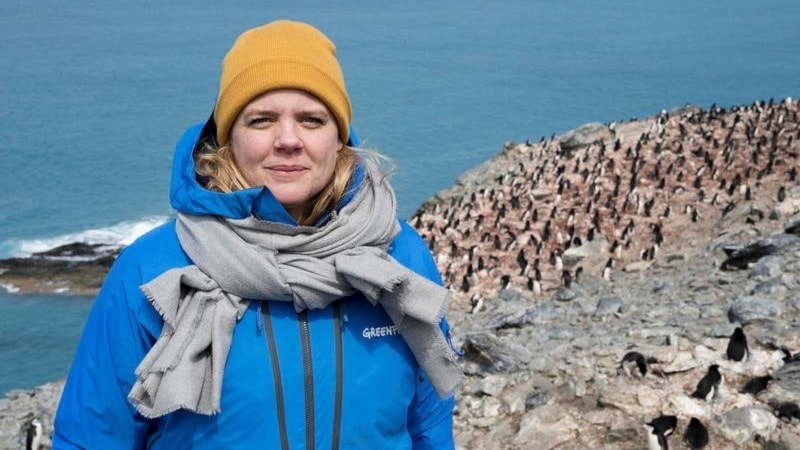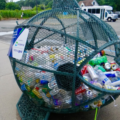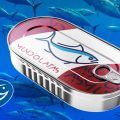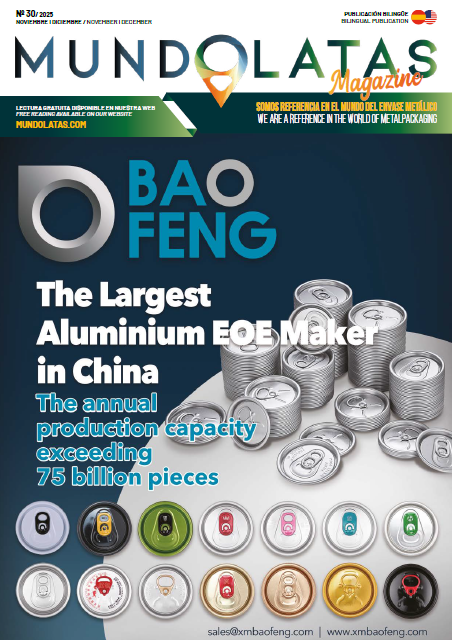Refrigerated cargo vessels, known as “fish taxis “fish cabs” or “reefers or “reefers”, which function as mobile ports for fishing vessels, are often described as the weak links in the traceability of the seafood value chain. New research has identified the owners of all reefers used worldwide, the flags they use and the fishing vessels they encounter. The findings, published in Science Advances, show that just 324 owners are responsible for all fish transshipment globally, with China, Russia and Greece playing a major role. “A big step towards greater transparency!” said Frida Bengtsson, lead author and researcher at the Stockholm Resilience Center at Stockholm University.
Refrigerated cargo vessels play a significant role in the fishing industry. For example, nearly one-third of the global tuna catch (valued at $10.4 billion) is transshipped annually. Transshipment, which is the transfer of catch, but also of people, spare parts and fuel between a fishing vessel and a reefer, has repeatedly been described as an opaque process and linked to illegal activities, as it can facilitate the transfer of illegally caught species or hide the origin of seafood products.
Fishing practices at sea used to be invisible, but recent advances in the collection and sharing of vessel-level satellite data allow researchers and the public to see where vessels operate. However, a missing piece has been knowing who owns the reefer vessels used in seafood transshipment.
“Understanding who is the beneficial owner of a vessel provides a new opportunity to improve governance and oversight of this practice,” Bengtsson explained.
In this study, researchers from the Stockholm Resilience Centre, the Stanford Centre for Ocean Solutions and the University of British Columbia identified 569 reefers currently in use in the fishing industry and their 324 beneficial owners. Just 10 of these owners account for nearly a quarter of all transshipment events worldwide. Considering the volumes of seafood being transshipped, this is a surprisingly low and very manageable number of players, explains Frida Bengtsson:
“If we work with these key players and get them to improve their operations, we could quickly improve seafood traceability and sustainability.”
The new research has also mapped where reefers owners operate in the oceans, the equipment used by the fishing vessels they encounter and the flags involved. All of this data can now be accessed and viewed free of charge through an online tool. This transparency can become a key tool for NGOs, insurance companies and financial stakeholders interested in creating stronger incentives for sustainable behaviors at sea.








